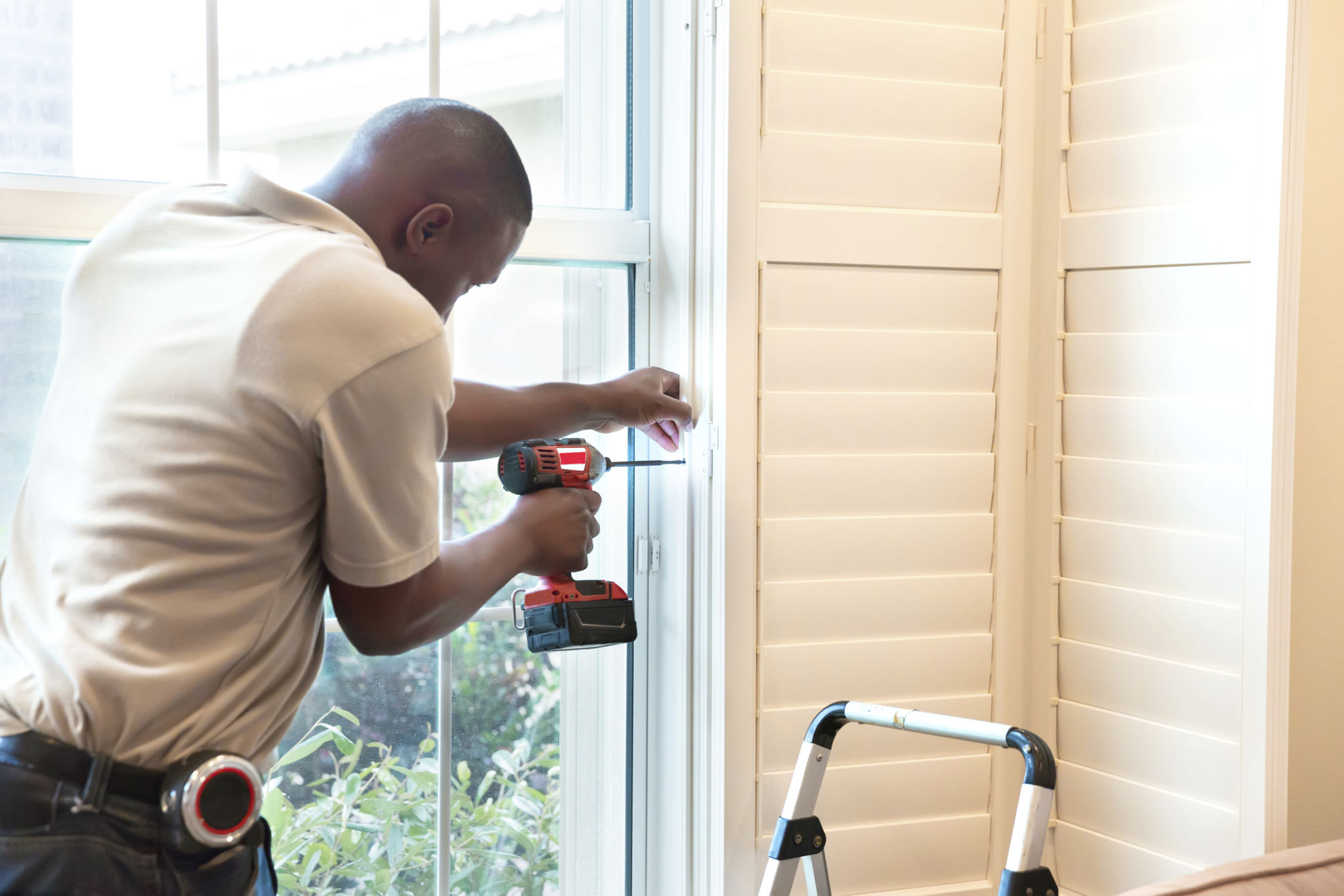DIY Tips for Measuring and Installing Your Own Blinds
Why Choose DIY Blinds?
Installing your own blinds can be a rewarding experience that not only saves money but also allows you to personalize your space. With a wide range of styles and materials available, DIY blinds can complement any room's decor. Plus, the sense of accomplishment you'll feel after completing the project is unmatched.

Tools and Materials You'll Need
Before diving into the installation process, make sure you have the necessary tools and materials. Key items include a tape measure, level, drill, screwdriver, pencil, and the blinds themselves. Depending on the type of blinds you choose, additional items like mounting brackets or screws might be required.
Preparing Your Workspace
Preparation is crucial for a smooth installation process. Begin by clearing the area around your windows to ensure easy access. Lay down a drop cloth or old sheet to protect your floors from dust or debris. Having everything organized and within reach will make the job quicker and more efficient.

Accurate Measurement Techniques
One of the most crucial steps in installing blinds is taking accurate measurements. Start by deciding whether you want an inside or outside mount. For inside mounts, measure the width and height of the window frame in three places each, using the smallest measurements. For outside mounts, measure the desired width and height beyond the frame to ensure full coverage.
Troubleshooting Common Measurement Mistakes
Errors in measurement can lead to ill-fitting blinds, which can be frustrating. Double-check your measurements before purchasing your blinds, and when in doubt, consult with a professional to confirm. It's always better to measure twice and cut once.

Installing Your Blinds
With your measurements confirmed and blinds purchased, it's time to install them. Start by following the manufacturer's instructions for attaching the mounting brackets. Use a level to ensure they are straight, then secure them in place with screws. Once the brackets are installed, attach the blinds as per the instructions.
Ensuring Proper Alignment
Proper alignment is vital for both functionality and aesthetics. Use a level during installation to ensure everything is straight, adjusting as necessary. This step will help prevent any operational issues with the blinds in the future.

Final Touches and Maintenance
After installation, take a moment to test your blinds' functionality. Ensure they move smoothly and that all mechanisms are working correctly. Regular maintenance, such as dusting and occasional adjustments, will keep your blinds in top condition for years to come.
Troubleshooting Installation Issues
If you encounter issues during installation or operation, don't panic. Common problems include misalignment or hardware coming loose over time. A quick check with a level and a screwdriver can often resolve these issues swiftly.
